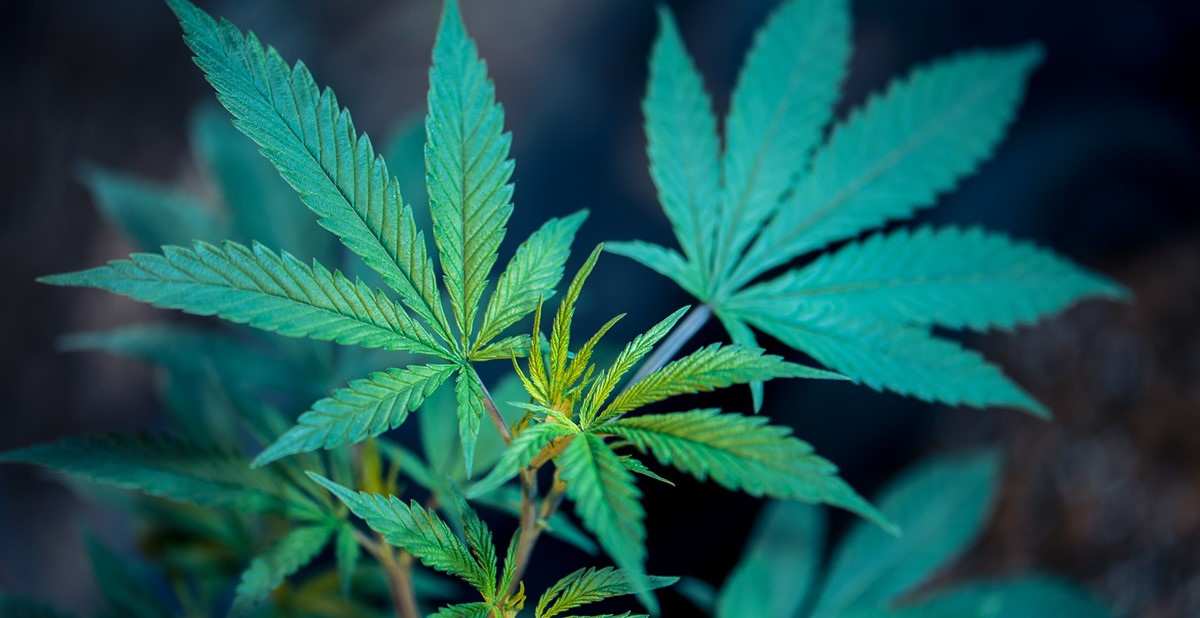Market Share: Puff, Puff, Pass The Promotional Product

So, what’s the deal with Mary Jane? Following the legalization of medical and/or recreational marijuana in select states nationwide, predictions have surrounded the “new” industry’s wild success; worldwide, the recreational marijuana business, specifically, is expected to reach $31 billion by 2021.
But even in its “budding” years of nixing its black market status, a handful of trends surrounding cannabis-related products have started taking shape. In a recent article published by Entrepreneur and written by Scott McGovern, the founder of crypto site Growth Nuts & Blocklr, McGovern lists six of the top cannabis industry trends, to which, he says, entrepreneurs should pay close attention.
Persistent growth. This year, cannabis sales will surpass that of 2018, and will continue increasing with each state that passes legislation. New Jersey and New York—the latter of which is predicted to be one of the country’s major marijuana markets, anticipated to gross upwards of $3 billion following legalization—are expected to legalize the drug this year. This growth has stirred changes in the average marijuana consumer, which, contrary to the stereotype of the aloof, rebellious teen, are middle-aged, working adults between 25-54 years old, who have families and college degrees—an important fact to consider when designing marijuana-related merch.
The array of marijuana-related products is growing. The marijuana flower itself isn’t the only popular commodity. Vapes are also widely sought-after, along with edibles and marijuana-infused beverages, opening the door for a host of potential promotional products and branding to complement these items.
CBD sales are skyrocketing. Although cannabidiol (CBD) is an active ingredient in marijuana, which is derived from the hemp plant, it does not contain tetrahydrocannabinol (THC), the chemical that produces a psychological effect. Hemp-derived CBD is legal to purchase and consume in all 50 states, making it a potential product to consider distributing for relevant projects, like a wellness campaign.
There is room for collective capitalization. Many companies are investing in the marijuana industry that are unrelated to the business, and are doing so with promotional products, product designs and distribution partners or by investing in growers. The stock exchanges in New York and Canada have seen businesses categorized as “plant-touching” and “non-plant touching,” leaving businesses with options about their extent of involvement.
Branding, branding, branding. Many industries, like spa and luxury services, are offering CBD-infused products and skincare options and, where legal, flavored edibles and related adult-friendly items. The branding that surrounds marijuana sales can be strategically designed to associate the product with an array of other industries, from leisure and relaxation, to recreational, food and beverage, entertainment and even niche markets, like the gaming industry.
East Coast explosion. There is a recent legalization uptick in eastern states, with the drug to be legalized in New York, Connecticut, New Jersey and Minnesota this year, and Illinois became the 11th state to do so in June, which will go into effect January 1, 2020.
Each legislation essentially creates a new market, and just as unlimited potential is available for those who enter the industry by opening dispensaries and selling products themselves, promo companies can tap into emerging consumer trends and, if and when appropriate—and legal—consider integrating marijuana-friendly items. Some cannabis accessories that have made their way into distributor catalogs include storage jars, grinders, lighters, matches, rolling papers, ashtrays and rolling trays.
–––––––––––––––––––––––––––––––––––––––––––––––––––––––––––––––––––
Danielle Renda is associate editor of PPB.

